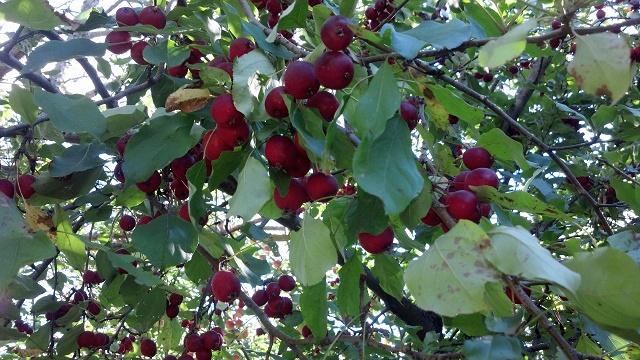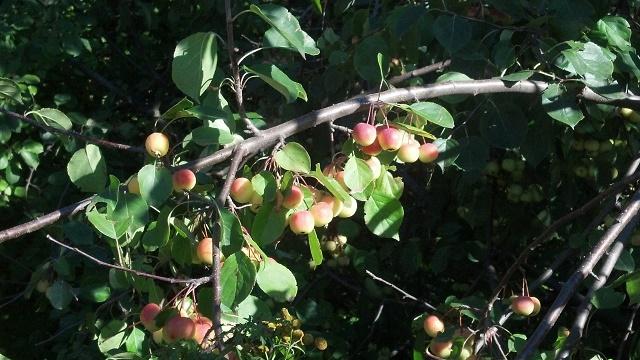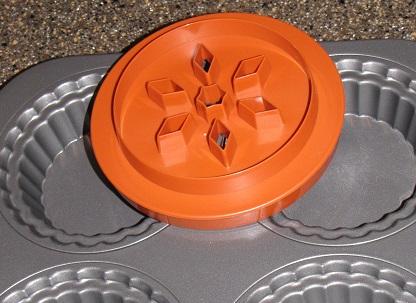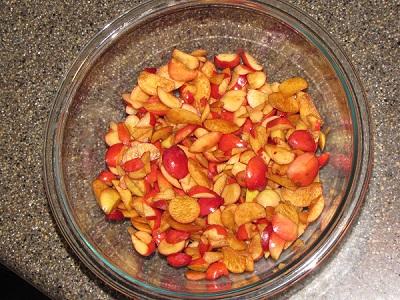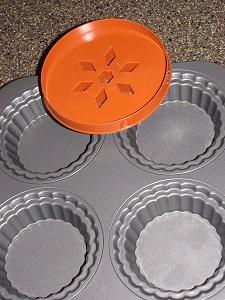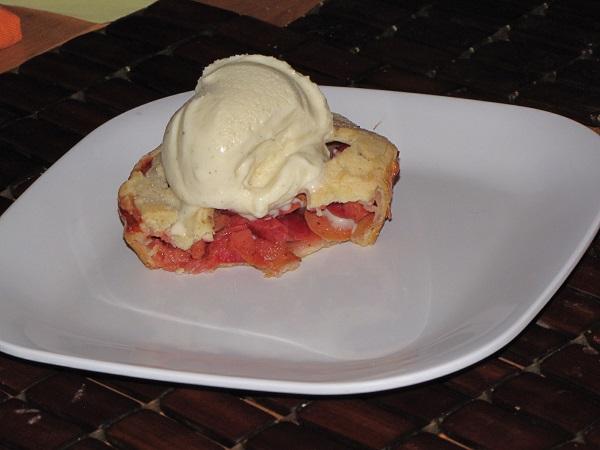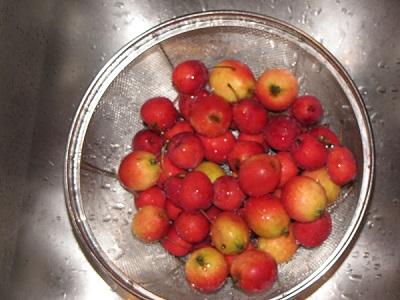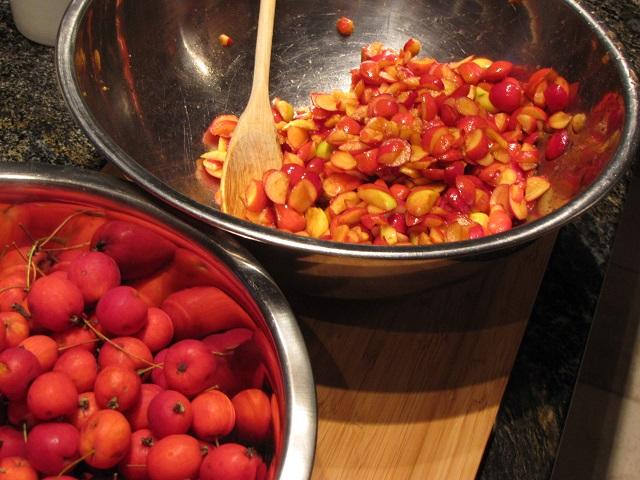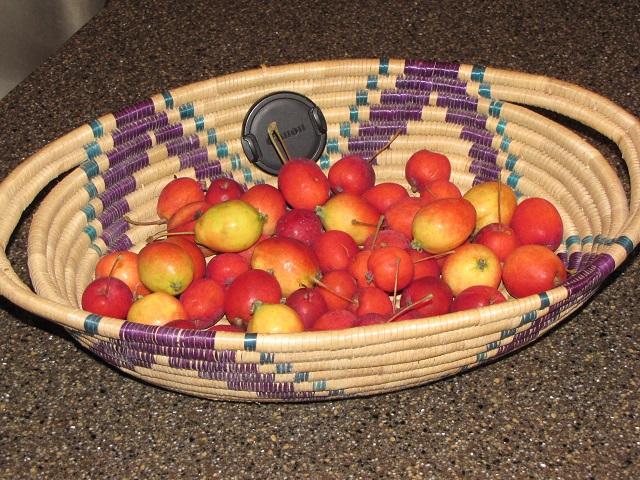-
Posts
13,732 -
Joined
-
Last visited
Content Type
Profiles
Forums
Store
Help Articles
Everything posted by Smithy
-
Regarding the hot sauce: I wonder whether some things need to be reconstituted with vinegar or another liquid that isn't water? (I had to stop myself from writing 'rehydrating with vinegar' :-D)
-
Welcome, Mark.
-
That sounds like more or less what I do. I love the versatility of that skillet dish: saute the vegetables (asparagus is one of our favorites), sweat the onions if I'm using them, cook the meat to the appropriate level if it's going in, then start building the alfredo sauce around it. I've taken to using pasta water to help stretch the sauce without adding quite so many calories, but this is one of our luxury meals so I don't worry too much about it. I've never added egg yolk. A favorite version involves asparagus and smoked salmon; the salmon gets folded in as the last step. Edit: shrimp is another favorite protein, and chicken works pretty well also.
-
Do you have an idea of where you'd draw the line between "enhancer" and principal ingredient? I'm thinking of things like fish baked with lemon slices.
-
Shelby, what do you mean by "Shrimp alfredo of sorts"? It looks very good, and looks like the sort of thing I cobble together regularly, based on a Splendid Table description of Pasta Alfredo. So now I want to know whether we're doing the same thing...
-
Lisa has a wonderfully pragmatic answer. Hit her (your procurer, not Lisa) where it hurts. Do you think you could get leverage with the water shortage? Something along these lines: "Sure, the produce is organic, but with this poor quality it takes x more time and therefore y more gallons of water to prepare...is this a good tradeoff?"
-
Those two little girls are building happy memories, thanks to you and their aunt. What a fun time!
-
Welcome, Pablo. We're glad you're here, and we look forward to your contributions.
-
Beautiful, Shelby! You were quite right not to let the roux burn in order to take a photo. Fifi, bless her memory, stressed the need for undivided attention during that time, down to making sure you had extra beer (wine, in your case) before starting. I miss her and Mayhaw Man both. Your gumbo is a worthy way to honor their teachings. Thanks for resurrecting this topic, and congratulations on the outcome!
-
Welcome, indeed! You probably already know that there are many accomplished pastry cooks on this forum. As you consider whether to pursue your passion as a profession, you can surely get good guidance from the pros here. The rest of us will probably have opinions too, and feel free to share them. :-D You probably already know your way around the forums, but if you have a technical question, don't hesitate to PM the hosts for guidance. We're glad to have you here!
-
What will you do with all those pumpkins, Shelby? They look like fine jack-o'-lantern fodder to me, but I know some people actually like to cook and eat pumpkin. ;-)
-
Those are fascinating photos. I can't make out the prices on the dairy products enough to be sure, but I get the idea that the staples are roughly the same price - maybe slightly higher - than in the US, but that the luxury items are astronomically higher. Is that all caviar in the refrigerator case? The restaurant meals remind me that there are cuisines of which I know nothing (yet). I love the looks of that cart lined with dish after dish for your selection. It appears they haven't come up with 'sneeze guards' or whatever we call the clear barriers one sees at a salad bar in the US. Did your husband gravitate to McDonald's because it was familiar, or just convenient and fast? Thank you for posting this.
-
Thanks for that list, blue_dolphin. I'm sorry to see that the marrow beans are no longer available, but glad to see white tepary beans on the list. So far I've been buying white and brown tepary beans during trips through southern Arizona from a Tohono O'Odham source, but it's good to know of a mail order option.
-
The pan is made by Chicago Metallic. Here's a photo of the original package: (Photo from my food blog last winter.)
-
Thanks, Shelby! They do taste good, and they're a lot of work...but I persevered. Glamping is good for that. (We're on a shakedown cruise right now, but I hope to be writing more about it later this year.) First, I'd like to show the applets I've been picking: The two trees are so close that branches are entangled. Whether one came from the other's seed is anyone's guess. There are at least 6 more trees in that planting, and I don't think any two are alike. Today I managed to wash and slice the mixed bag that I brought with me on this trip: I got about a quart of applet bits: a surprising quantity given the modest number of applets I'd brought with me.The applets are tart and crisp. I mixed in lemon juice, brown sugar and cinnamon. I had considered adding other spices as well (mace? cardamom?) but there were already too many variables at play, so I stuck with my standard apple pie seasonings. Last January I picked up this tartlet pan at a sale. It's an interesting design: 4 mini-pie wells, with removable bottoms. There's also a crust cutter with (I thought) one side for cutting the bottom crust and one side for cutting the top crust with decorative cutouts. The problem is that the diameter of the larger dough cutter is an almost exact match for a crust before it's pressed into the form, not after. Perhaps the idea is to roll the dough over the entire form, press the dough into the little wells, and then use the crust cutter. Of course I don't have the instructions with me. I had to expand the circles after cutting them, and I couldn't roll them out symmetrically. Don't look too closely at the photos unless you want comic effect. The finished result was very good, despite its eccentric appearance: tart but sweet, and nicely complemented by some excellent ice cream (honey and lavender) given me last weekend by a local ice cream entrepreneur. Applet tartlet with ice cream: a perfect single serving.
-
What particular implements do people favor for stripping the corn kernels off the cob? My darling remembers a double-curved knife of some sort that surrounds the corn cob and changes diameter as you squeeze the handles. I've been using a large kitchen knife. So far I've found a few different styles, but none matches his description.
-
That's a funny article. Thanks for the link!
-
I like Patak and keep it around, but in side by side tastings I've found I prefer Maya Kaimal sauces when I can find them. The Maya Kaimal Chicken Tikka Masala is our house favorite. Maya Kaimal doesn't seem to be as widely distributed as Patak's. Dejah, that cod looks excellent. We've been on (entirely too often) a fried fish-and-chips meal. Thanks for a good-looking alternative.
-
The followup question to that would be whether your Parisian starter, if it tastes different due to different yeasts, will continue to taste different if you take it back home with you. I've heard that starters change over the years, but I don't know to what extent.
-
Thank you for posting that Amazon link. I particularly like the 'Safety' section from that writeup: "Safety : The product gives utmost priority to safety for it utilizes high pressure steam for double boiling. Germanium pots provides antibacterial and deodorizing actions and dilute to drop residual agricultural chemicals, and they also emit far-infrared rays during cooking." I had no idea germanium could do so much. :-D
-
I got not quite half of my itty bitty apples prepped: to produce somewhere between 4 and 6 cups of chopped applet. I seasoned some of that with sugar and cinnamon, in preparation for making small pies or hand pastries, and left the rest to make a relish. Then life got in the way...and the night before we left on a glamping trip, the whole lot went outside. The assorted wildlife around our house are feasting. Ever the optimist, I picked a smaller batch and brought them with me: That black thing is a lens cap from my camera, for size comparison. These applets are from a different tree. Perhaps this time around I'll manage to cook them.
-
Let me add my welcome to the others'. It sounds as though you'll have a lot to contribute, and it's nice that you've decided to join us. I too have been interested in the changing thoughts about the influence of diet and dietary fat on heart disease, and will be interested in your thoughts, should you choose to share them with us.
-

Long time 'lurker', currently from the Canso, Nova Scotia area
Smithy replied to a topic in Welcome Our New Members!
Welcome, Deryn. I'm glad you've come out of lurker mode, and glad to know that we've snared another gadget lover. ( Insert evil laugh like 'Bwaahaahaa!' here. ) I know my kitchen stock has burgeoned since I joined eGullet. It makes moving painful, but living fun. -
Welcome to eGullet, Matt. Thanks for chiming in.
-
Thanks so much for persevering, and for posting your results! Question: if using green cherry tomatoes instead of the little white eggplants (admittedly rare), do you still pierce and/or cut the tomatoes, or leave them whole?



